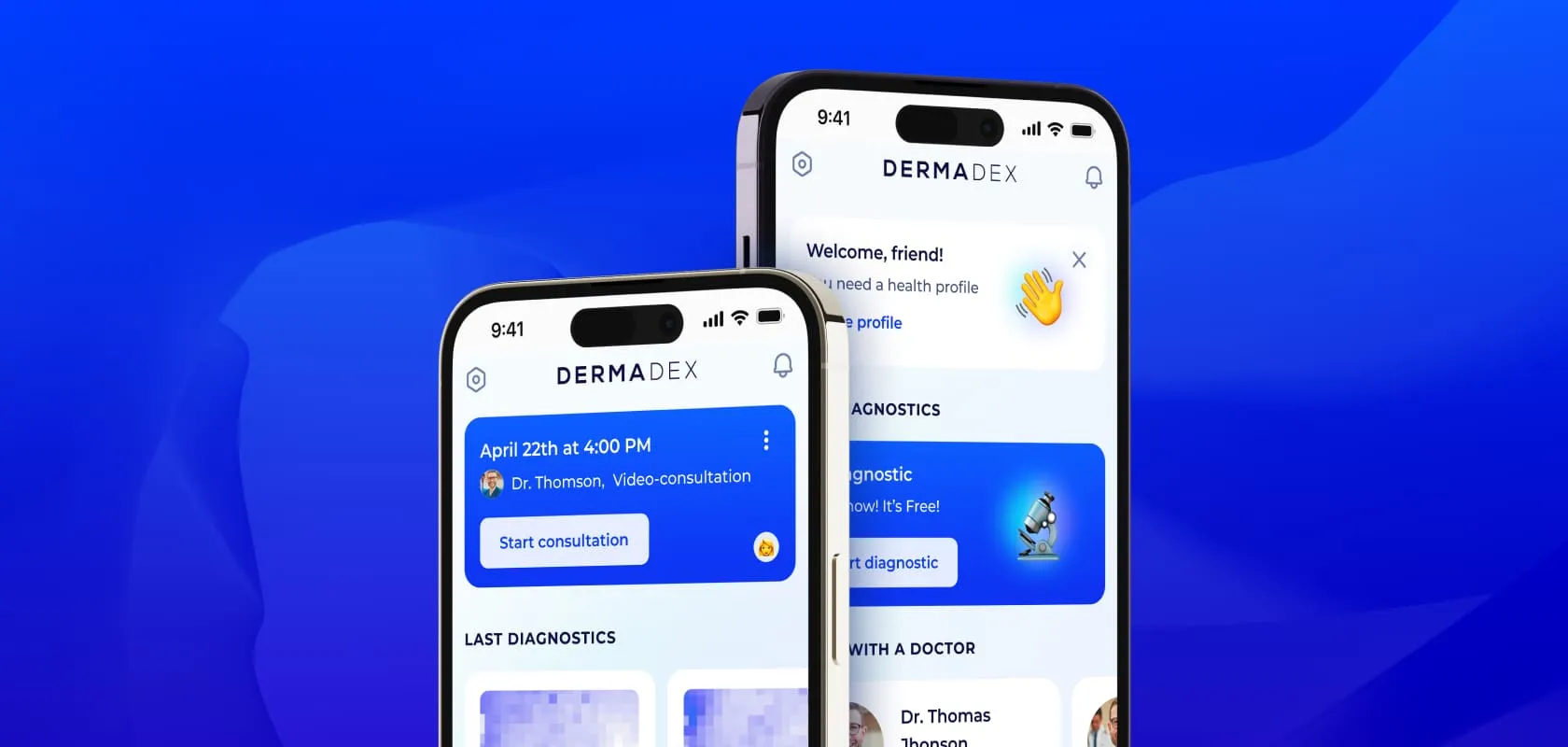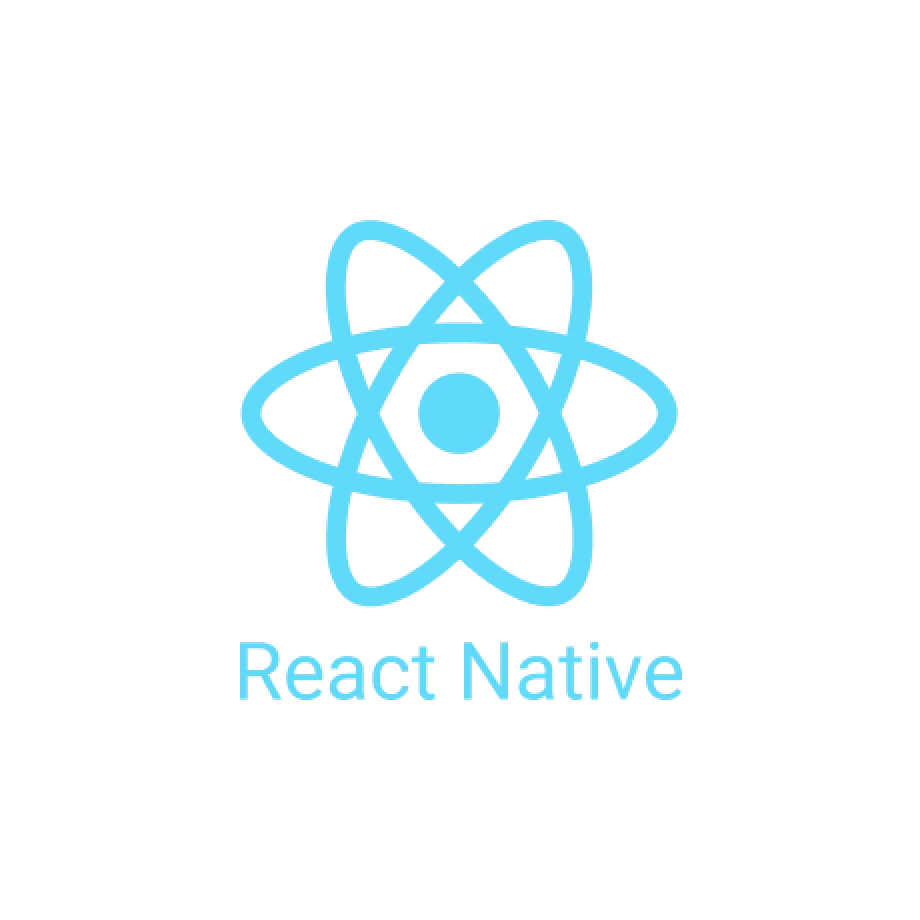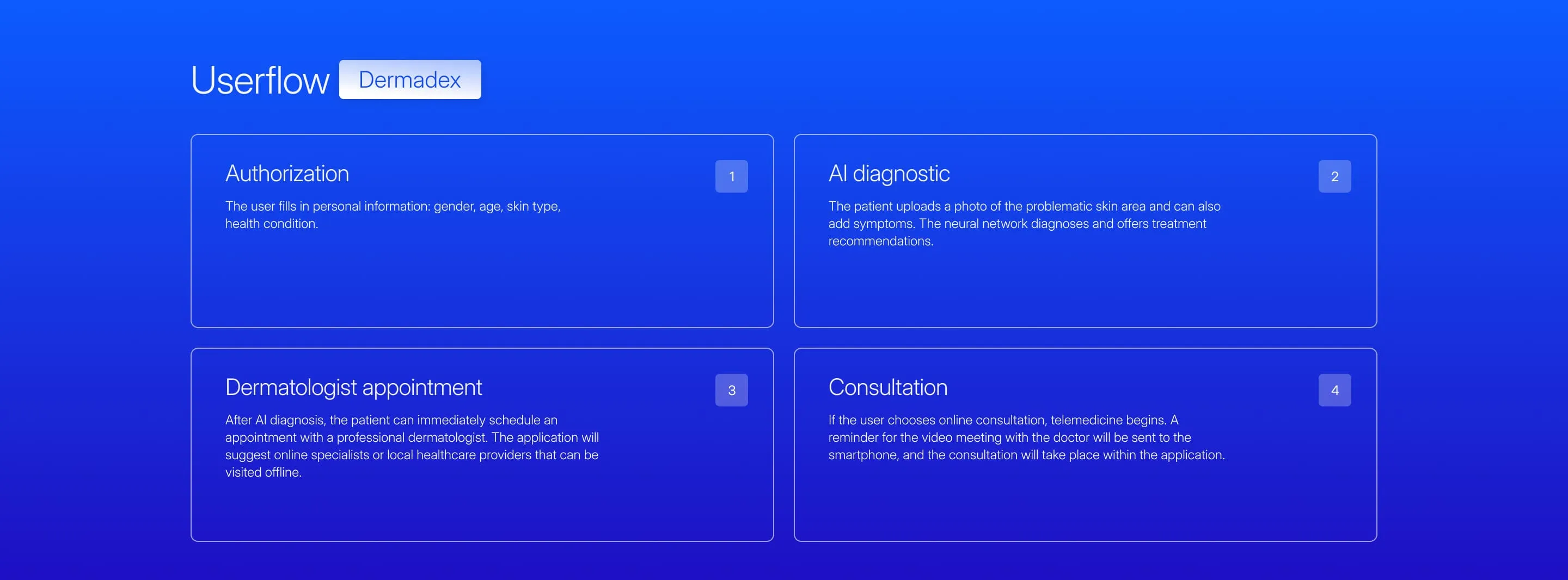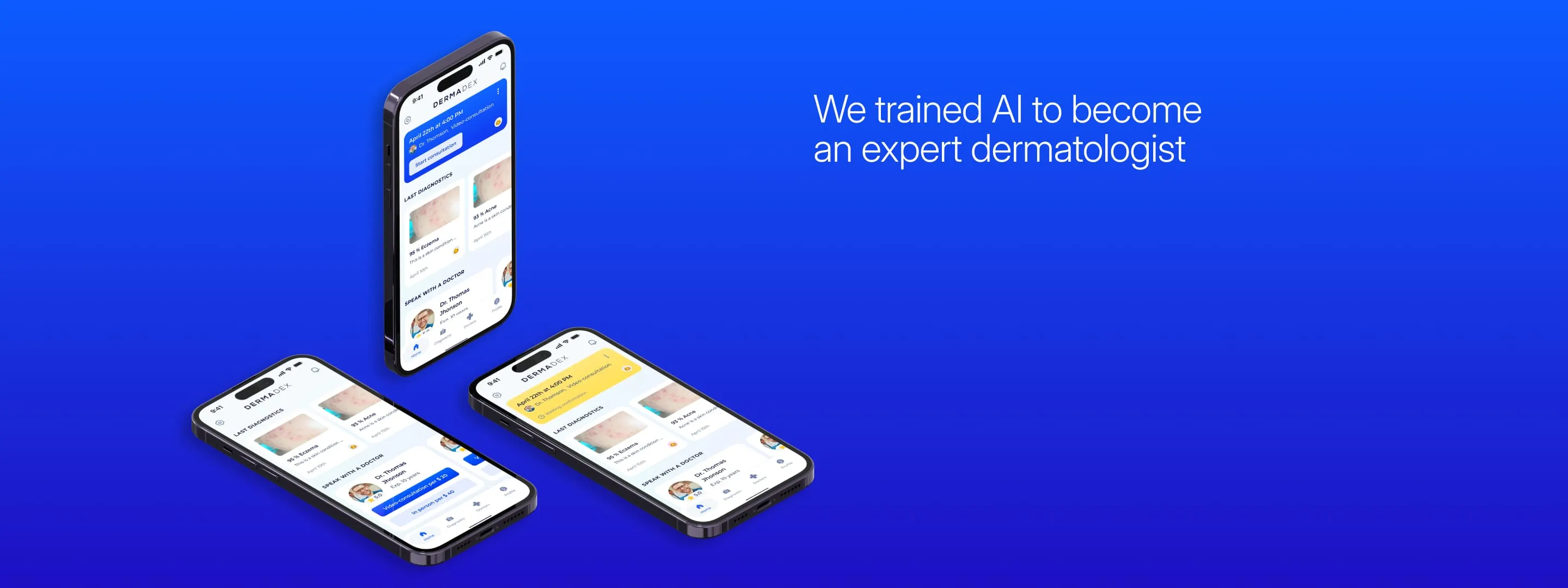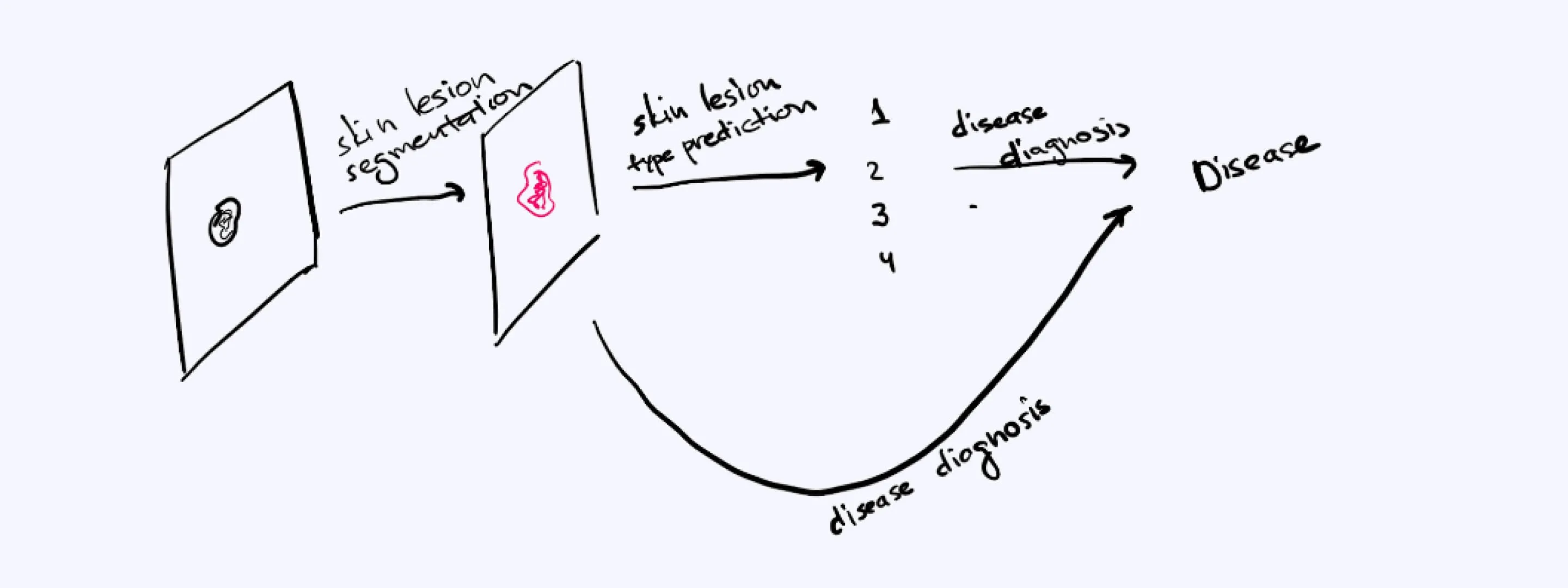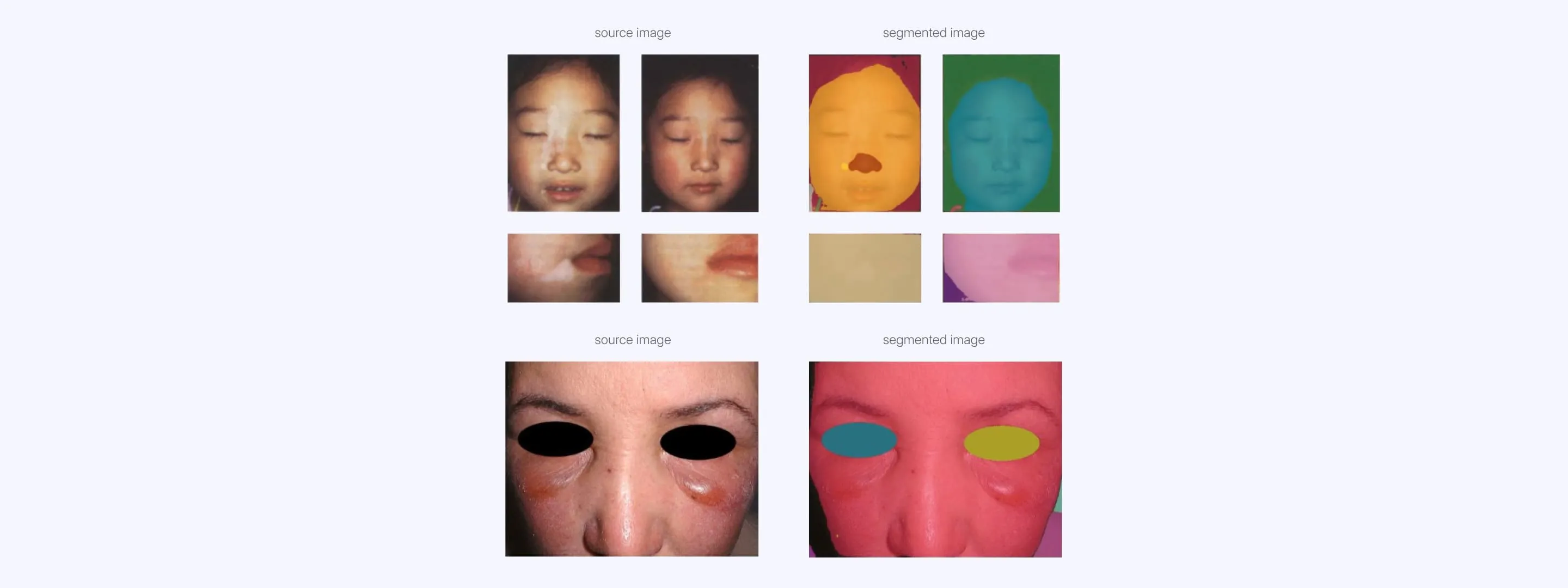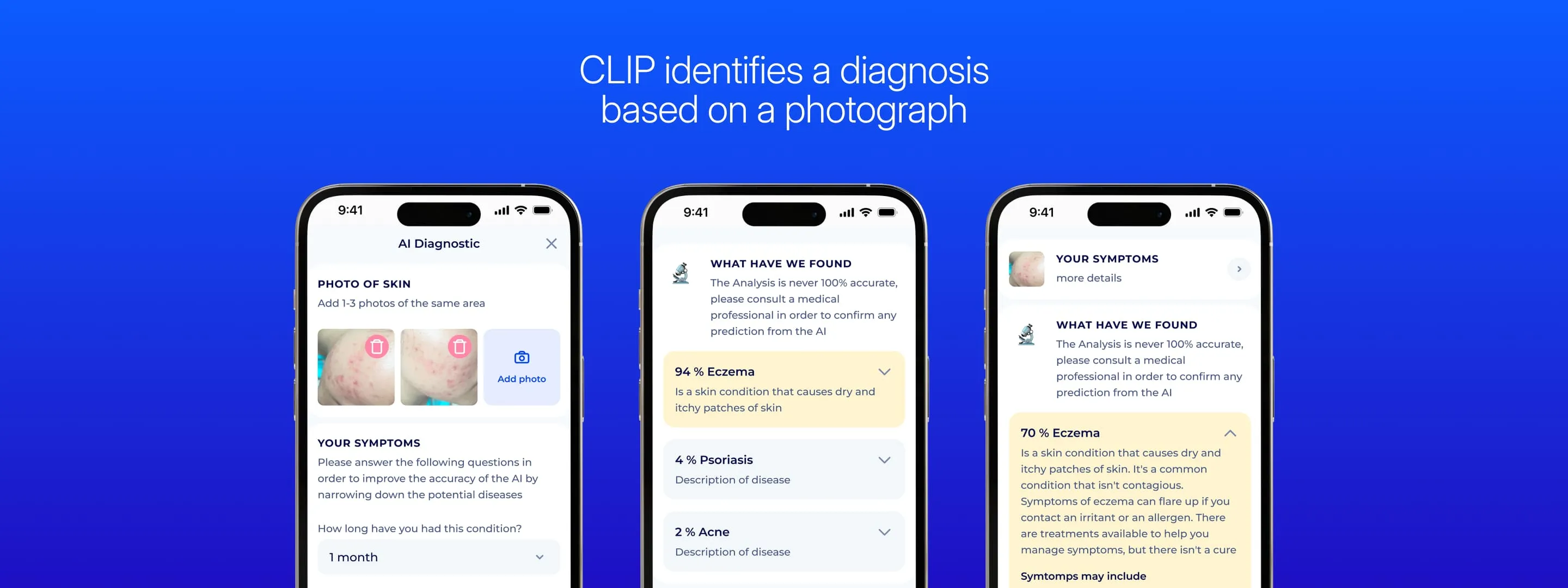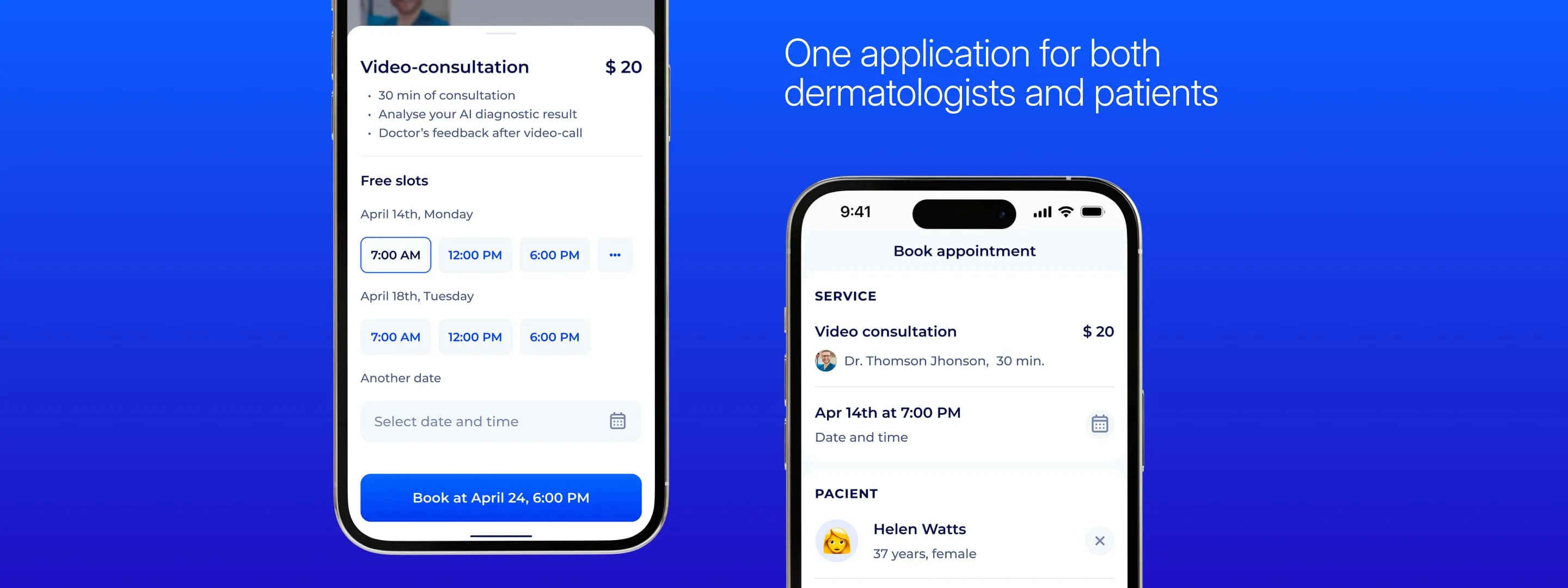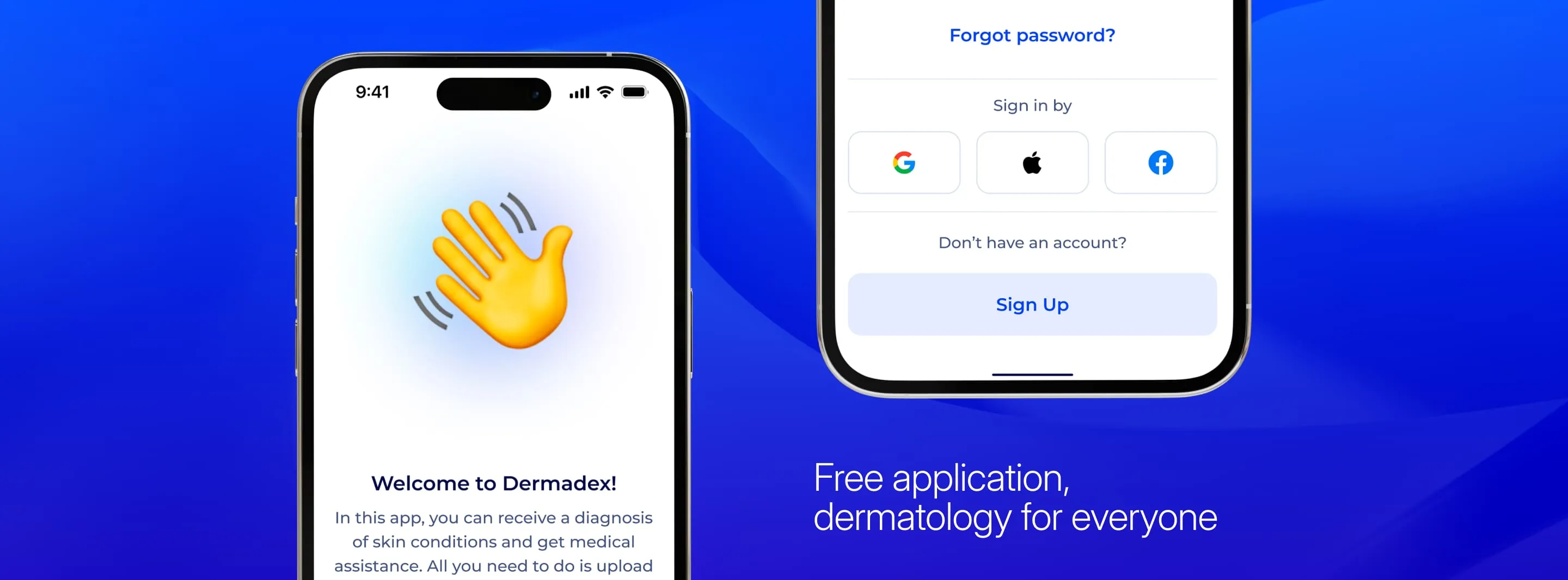Killer feature – AI
Why artificial intelligence? Firstly, it's the only way to provide a diagnosis based on a photograph of a problematic skin area. Neural networks enable automating the process and offering users basic recommendations. Secondly, utilizing AI as a telemedicine tool is a powerful PR move for promoting the application.
